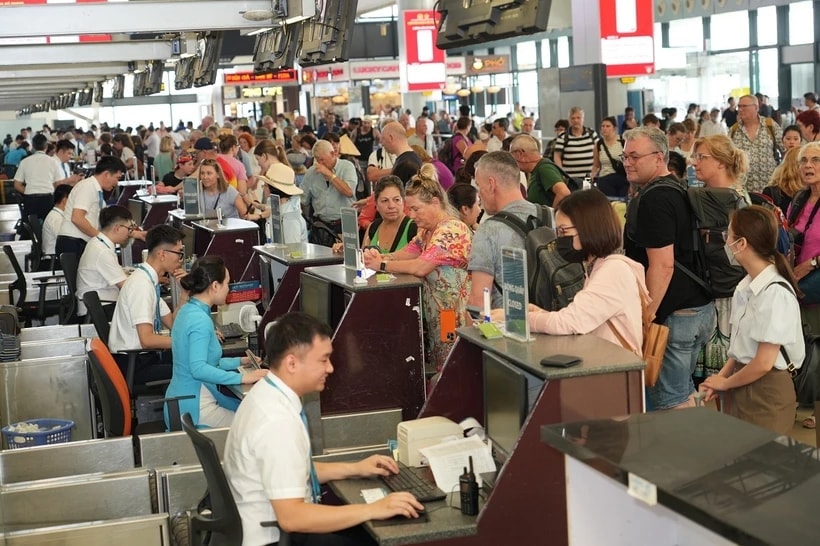
The Ministry of Construction has just responded to the need to soon have a coordinated solution to reduce airfares to a reasonable and stable level to help improve the competitiveness of Vietnamese tourism.
Accordingly, air transport service prices are affected by fluctuations in cost-forming factors and fluctuations in market supply and demand.
Specifically, in the cost structure of a flight, fuel costs and costs of renting, purchasing, repairing and maintaining aircraft account for 70 - 80% of the total cost; almost all of these costs are paid in foreign currency and are directly affected by exchange rate fluctuations.
“Fuel prices and exchange rates are two cost factors that are greatly affected by the domestic and international macroeconomic and political situation, beyond the control of airlines and specialized management agencies,” the leader of the Ministry of Construction admitted.
On the other hand, airfares, like the prices of most other goods and services on the market, operate according to the laws of supply and demand.
For example, during peak periods (holidays, Tet, long breaks), on some domestic flights in Vietnam, airfares are higher than usual when passenger travel demand increases, while the number of seats provided by Vietnamese airlines is limited due to the dependence on the number of aircraft and operating conditions.
In order to reduce airfares to a reasonable and stable level to enhance the competitiveness of Vietnam's tourism, recently, the Ministry of Transport (now the Ministry of Construction) issued Decision No. 1723/QD-BGTVT dated December 31, 2024 promulgating the maximum price for basic economy class domestic air passenger transport services sold within Vietnam.
Accordingly, Vietnamese airlines have built flexible ticket prices with many price ranges from low to high depending on the market situation (supply - demand), ticket conditions, ticket issuance time, service quality... ensuring that they do not exceed the maximum price prescribed.
The Ministry of Construction has also directed the Civil Aviation Authority of Vietnam to deploy solutions aimed at supplementing and balancing the supply capacity between domestic and international routes of Vietnamese airlines, supporting airlines to increase their operating capacity, in accordance with market times.
“Key solutions are implemented by State management agencies through coordination, management, and effective implementation of operational plans; supporting and facilitating airlines to add aircraft, increase transport forces and load supply on routes; at the same time, implementing assessments and adjustments, adding appropriate flights on key routes, optimizing the response to passenger demand during peak periods,” the leader of the Ministry of Construction emphasized.
TH (according to VNA)Source: https://baohaiduong.vn/gia-ve-may-bay-noi-dia-co-the-ha-xuong-muc-thap-hon-duoc-hay-khong-415339.html












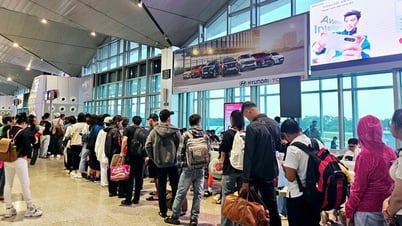

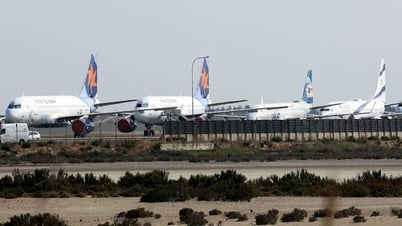

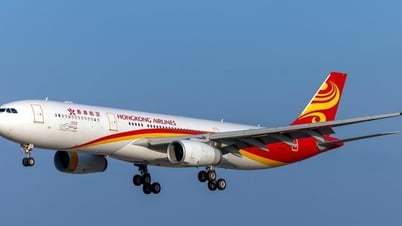

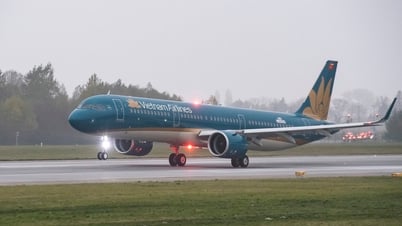
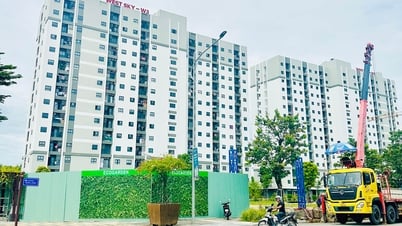



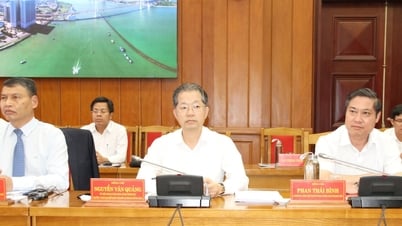








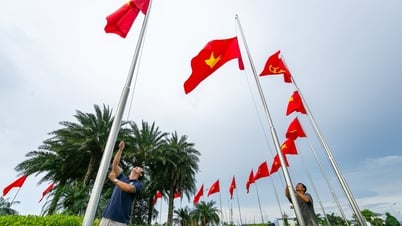



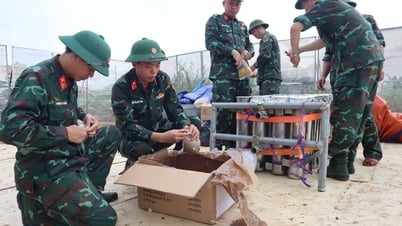





























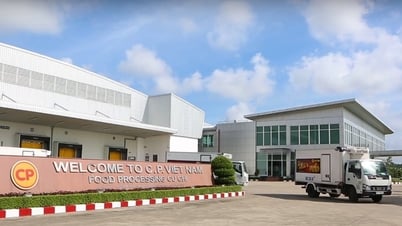


![[Photo] General Secretary To Lam attends the launch of 3 digital platforms serving the implementation of Resolution No. 57-NQ/TW](https://vphoto.vietnam.vn/thumb/402x226/vietnam/resource/IMAGE/2025/7/2/d7fb7a42b2c74ffbb1da1124c24d41d3)




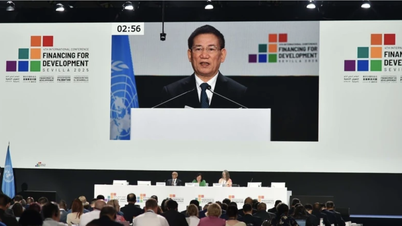








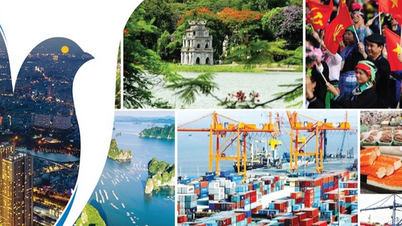
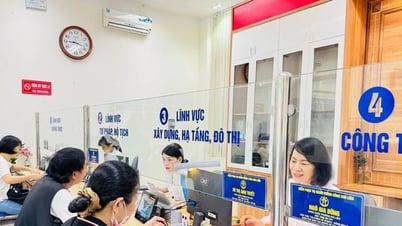



















Comment (0)